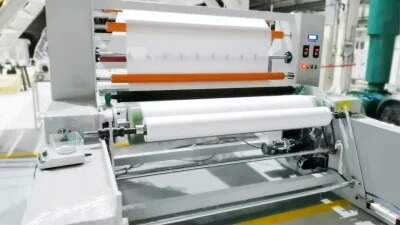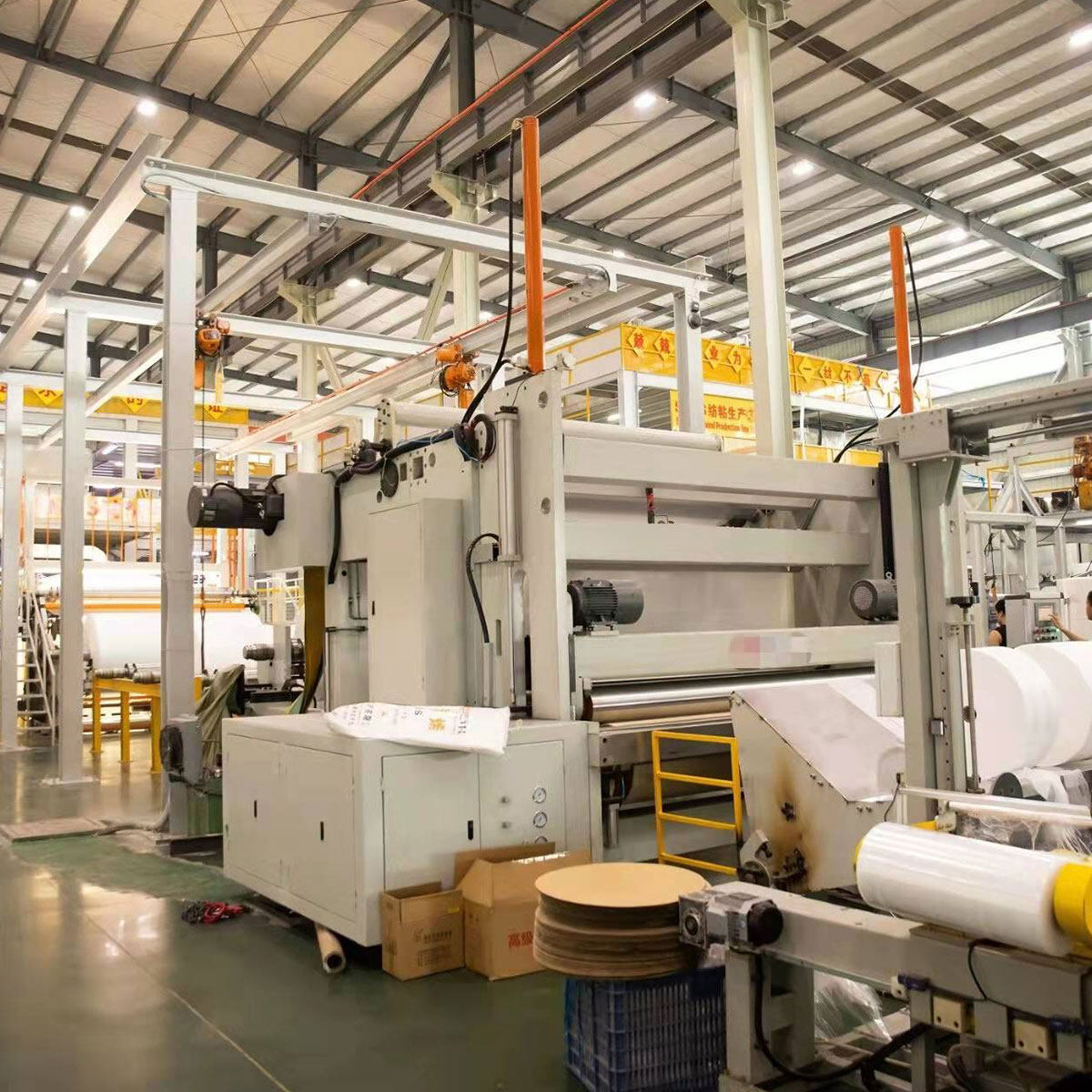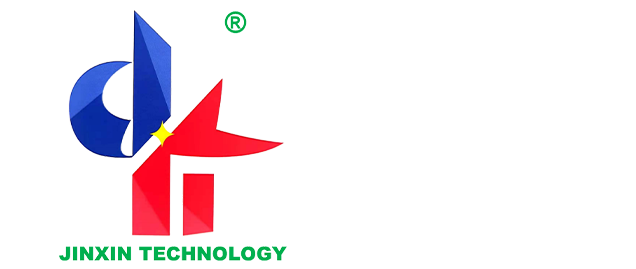6-20 个字符(仅限字母加数字)
密码不一致


Different Types of Non-woven Fabric Machines and Their Uses
If you’ve ever wondered how those soft, durable, and versatile non-woven fabrics are made, you’re in the right place. Non-woven fabrics are everywhere—from medical masks and wipes to geotextiles and furniture padding. But what exactly is a non-woven fabric machine, and how does it work? Let’s dive into the fascinating world of non-woven fabric machines, their types, and their uses. I’ll also sprinkle in some personal anecdotes and fun facts to keep things interesting!
What is a Non-Woven Fabric Machine?
Before we get into the different types of machines, let’s start with the basics. A non-woven fabric machine is a piece of equipment used to produce non-woven fabrics. Unlike traditional woven fabrics, which are made by interlacing yarns, non-woven fabrics are created by bonding or interlocking fibers together using mechanical, chemical, or thermal processes. These machines are the backbone of the non-woven industry, and they come in various types depending on the production method.
Did you know that non-woven fabrics were first commercially produced in the 1940s? They were initially used for disposable products like tea bags and filters. Today, they’re a multi-billion-dollar industry!

Types of Non-Woven Fabric Machines and Their Uses
Non-woven fabric machines can be categorized based on the production process they use. Each type has its unique features and applications. Let’s break them down:
1. Spunbond Non-Woven Machines
How They Work:
Spunbond machines are one of the most common types of non-woven fabric machines. They work by extruding melted polymer (like polypropylene) through spinnerets to form continuous filaments. These filaments are then laid onto a conveyor belt and bonded together using heat or chemicals.
Uses:
Spunbond non-wovens are lightweight, strong, and breathable, making them ideal for products like:
-
Disposable medical gowns and masks
-
Agricultural covers
-
Geotextiles for soil stabilization
Personal anecdote: I once visited a factory that produced spunbond non-wovens for face masks. It was fascinating to see how quickly the machines could produce miles of fabric—it felt like watching a high-speed sci-fi movie!
2. Meltblown Non-Woven Machines
How They Work:
Meltblown machines are similar to spunbond machines but with a key difference: they produce much finer fibers. The polymer is melted and blown by high-speed air to create microfibers, which are then collected on a conveyor belt to form a web.
Uses:
Meltblown non-wovens are known for their excellent filtration properties. You’ll find them in:
-
Face masks (especially the middle filtration layer)
-
Air and liquid filters
-
Oil absorbents
Fun fact: During the COVID-19 pandemic, the demand for meltblown non-wovens skyrocketed. Many companies even repurposed their machines to produce materials for masks and PPE.
3. Needle Punch Non-Woven Machines
How They Work:
Needle punch machines use barbed needles to mechanically interlock fibers. The fibers are fed into the machine, and the needles punch through the web, entangling the fibers to create a dense, durable fabric.
Uses:
Needle-punched non-wovens are thick and sturdy, making them perfect for:
-
Carpets and rugs
-
Automotive interiors
-
Insulation materials
Personal anecdote: I once bought a needle-punched rug for my living room, and I was amazed at how durable it was. Even after years of heavy use, it still looks as good as new!
4. Thermal Bonding Non-Woven Machines
How They Work:
These machines use heat to bond fibers together. The fibers are laid into a web and then passed through heated rollers or ovens, which melt the thermoplastic fibers and fuse them together.
Uses:
Thermally bonded non-wovens are soft and flexible, making them ideal for:
-
Baby wipes and diapers
-
Hygiene products
-
Packaging materials
Fun fact: Thermal bonding is one of the most eco-friendly methods of producing non-wovens because it often requires fewer chemicals.
5. Wet-Laid Non-Woven Machines
How They Work:
Wet-laid machines are similar to paper-making machines. Fibers are suspended in water to form a slurry, which is then deposited onto a screen. The water is drained, and the fibers are bonded together using chemicals or heat.
Uses:
Wet-laid non-wovens are commonly used in:
-
Tea bags and coffee filters
-
Medical drapes and gowns
-
Battery separators
Personal anecdote: I once tried making my own paper at home using a DIY kit, and it reminded me of the wet-laid process. It’s messy but oddly satisfying!
6. Airlaid Non-Woven Machines
How They Work:
Airlaid machines use air to disperse fibers onto a conveyor belt. The fibers are then bonded together using adhesives or thermal processes.
Uses:
Airlaid non-wovens are highly absorbent, making them perfect for:
-
Feminine hygiene products
-
Tablecloths and napkins
-
Cleaning wipes
Fun fact: Airlaid non-wovens are sometimes called “dry-laid” fabrics because they don’t use water in the production process.
Why Are Non-Woven Fabric Machines Important?
Non-woven fabric machines play a crucial role in modern manufacturing. They enable the production of fabrics that are:
-
Lightweight and cost-effective
-
Customizable for specific applications
-
Eco-friendly (many non-wovens are recyclable or biodegradable)
Without these machines, we wouldn’t have many of the everyday products we rely on, from medical supplies to home furnishings.
Choosing the Right Non-Woven Fabric Machine
If you’re in the market for a non-woven fabric machine, here are a few things to consider:
-
Production Volume: How much fabric do you need to produce? Spunbond and meltblown machines are great for high-volume production.
-
End Product: What are you making? Needle punch machines are ideal for heavy-duty fabrics, while thermal bonding machines are better for soft, flexible materials.
-
Budget: Some machines, like meltblown machines, can be more expensive due to their specialized nature.
Personal anecdote: A friend of mine once started a small business making reusable shopping bags. He chose a thermal bonding machine because it was affordable and perfect for his needs. It’s amazing how versatile these machines can be!
The Future of Non-Woven Fabric Machines
The non-woven industry is constantly evolving, with new technologies and materials being developed. For example:
-
Biodegradable non-wovens: As sustainability becomes a priority, more companies are investing in machines that can produce eco-friendly fabrics.
-
Smart non-wovens: Researchers are exploring ways to integrate sensors and other technologies into non-woven fabrics for applications like wearable tech.
Fun fact: Some companies are even using non-woven fabrics to create “living walls” for urban gardening. How cool is that?
Final Thoughts
Non-woven fabric machines are the unsung heroes of the textile industry. They’ve revolutionized the way we produce fabrics, making them faster, cheaper, and more versatile than ever before. Whether you’re curious about how your face mask is made or you’re considering starting your own non-woven business, I hope this guide has given you a better understanding of these incredible machines.
So, the next time you use a wipe, wear a mask, or walk on a carpet, take a moment to appreciate the technology behind it. Who knows? Maybe you’ll even be inspired to explore the world of non-woven fabrics further!

